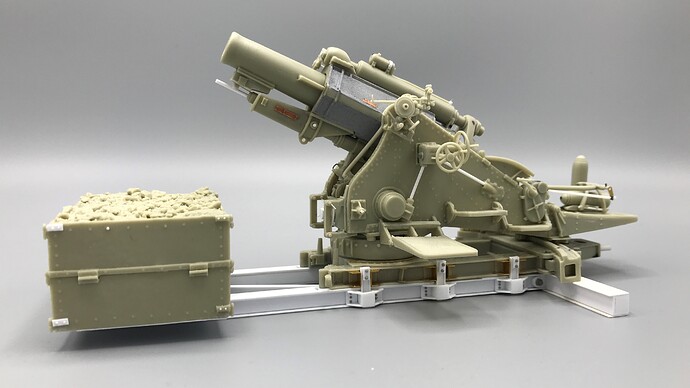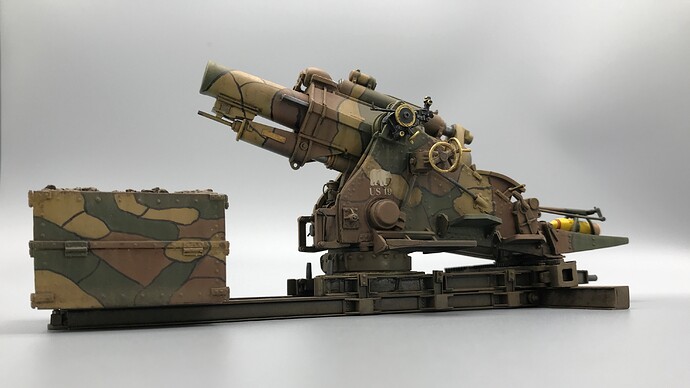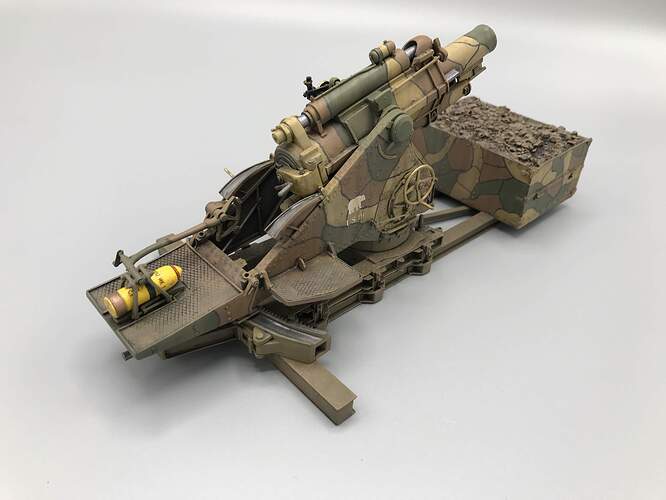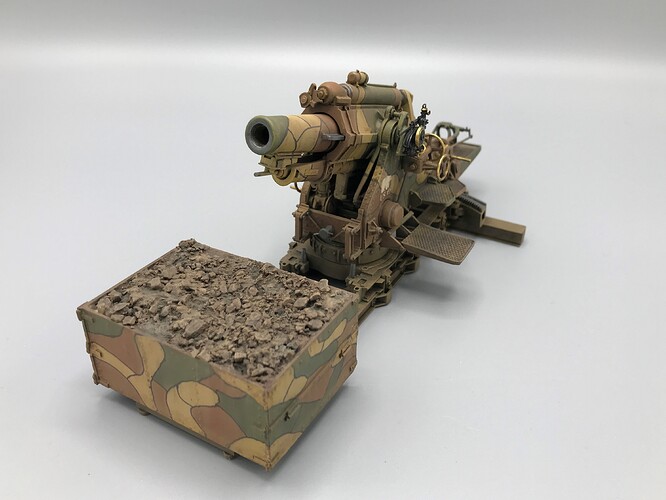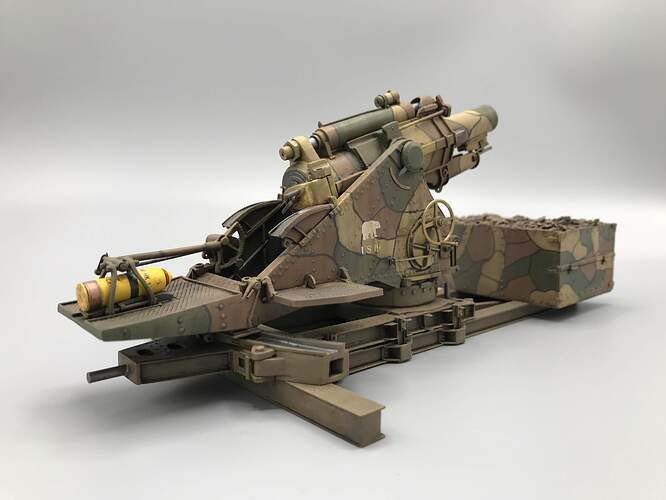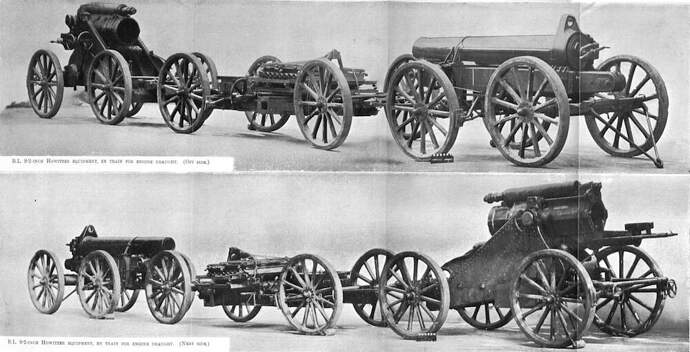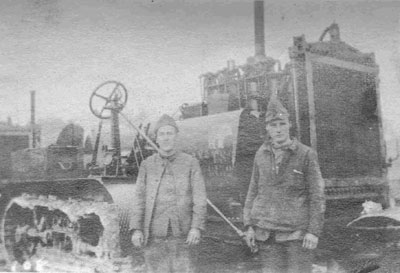I am continuing to build out my collection of Great War artillery used by the American Expeditionary Forces.
Being bereft of modern heavy artillery upon its entry into World War I, the US equipped the American Expeditionary Force (AEF) with heavy guns purchased from Great Britain. Among them was the 9.2-Inch Howitzer MkI. As the US Coast Artillery Corps (CAC) had experience with heavy guns and there was little to no threat to the coast, they manned the 9.2 inch batteries. The 65th CAC Regiment went into action in France in September 1918 with the 9.2’s. Other regiments were in France, equipped and in training at the time of the armistice.
For this project, I used the Resicast 9.2 Inch Howitzer in resin - the only choice in 1:35th scale. The kit is well mastered and well molded. The clean up was minimal for a resin kit. There were only a couple of pin holes to fill and no parts required work to correct molding issues. After working on resin kits from other suppliers, this was refreshing. The howitzer itself was built mostly from the box. I added and enhanced some details but no major surgery was called for. The platform was entirely scratch built as the kit one included a molded in base and lacked detail.
Divining the camo scheme and colors from 100 year old photos is fraught with danger. I couldn’t determine much from the photos of the 65th CAC other than they were in a muted camo scheme. As they were purchased from GB in France, I chose to depict it in a British camo scheme of yellow, green, and brown with a black interline which is consistent with the photos. A modeling friend (thanks Mike!) created custom decals of the 65th’s bear insignia, and for the ammunition.
After priming with Krylon Colormaster rattle can flat back from the hardware store, I airbrushed it with Tamiya paints thinned with Mr Color Leveling Thinner. This is my go-to paint and thinner. It just works with no alchemy required. I started with Tamiya XF-2 White as a pre-sun on the upper parts. I then penciled on the camo pattern and used the silly putty method for masking each color. I used Tamiya XF68 for the green, Tamiya XF60 for the yellow, and AK Real Colors RC031 for the brown. The black interline is Tamiya black done with a 5/0 brush. This required several sessions, a lot of patience, and a fair amount of scotch to recover. I applied a dot filter of Winsor & Newton oils to each color to provide some depth. After sealing with Future, I applied a dark pin wash and used AK weathering products. I finally sealed it all in with Dullcote, and then gave it a dusting of Tamiya JGSDF Brown. I used Vallejo brass for the yellow shiny bits and Uschi Chrome pigments for the steel shiny bits.
This beast looks pretty nice in the display case along side my other Great War artillery.
Rick
